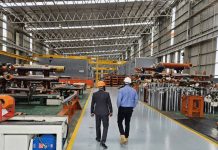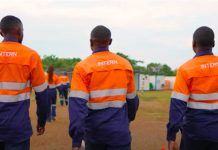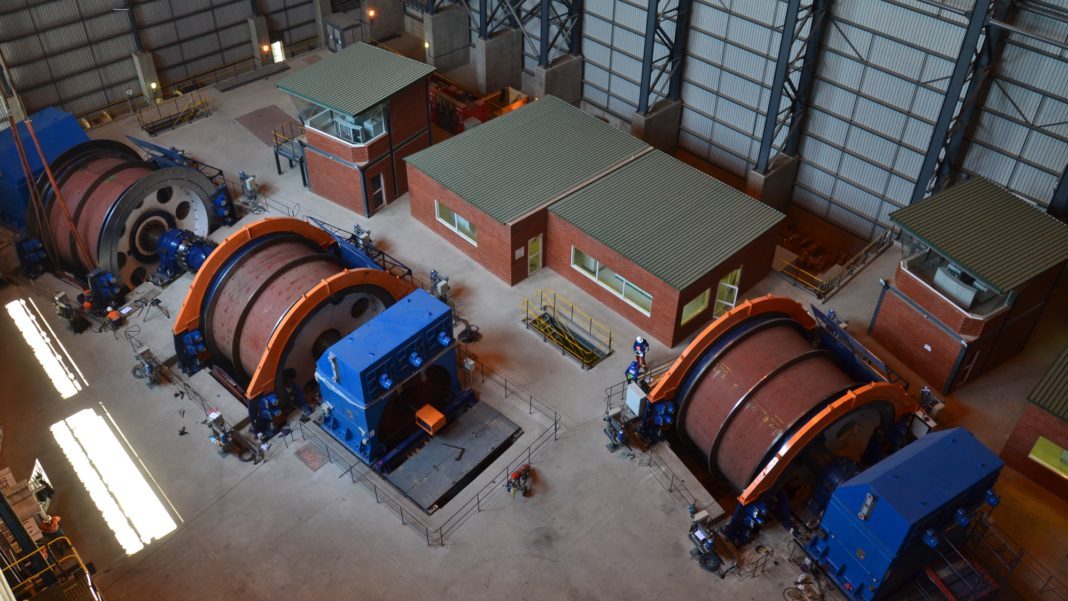It’s early days, and there’s still a lot of hard work to do. But there is finally a sense that one of Zambia’s oldest underground mines has turned a corner and is well on its way to becoming an advanced world-class operation able to compete with the best in the world.
The first copper ore from Mopani’s new $323-million Synclinorium shaft – commissioned last year by President Lungu – was hoisted to the surface on 24th March 2017; construction of two similar new shafts at Mopani’s operations in Mindola and Mufulira – costing a combined $560 million – is progressing well, and will start producing their first copper in 2018. Two years and half a billion dollars later, the company’s smelter and refinery have been modernised and upgraded, and are now operating at new levels of efficiency, producing copper of LME (London Metal Exchange) standard – i.e. 99.99% pure and a world benchmark for quality.
“The significance of this investment is easier to appreciate when one realises that Mopani first started operating nearly one hundred years ago, in the 1930s. We badly needed to modernise our ageing infrastructure in order to survive and compete in today’s world markets,” says Chief Financial Officer, John Chiwele.
Behind all the zeroes in the hefty price tags of the infrastructure is an equally impressive story of deliberate improvements in safety, efficiency and productivity.
New, state-of-the-art blasting technology has been introduced, to enable safer and more efficient blasting operations. Remote-controlled LHDs (Load-Haul Dumpers) have been introduced to access areas that previously would have been too dangerous to work in.
Wi-Fi has been installed underground, so people and machinery are now “talking” to each other more effectively. Miners carry special Wi-Fi-enabled mobile phones that can even take photographs – extremely useful in instantly conveying the nature of a routine problem, a technical emergency or an injury.
Above ground, two emergency response centres equipped with sophisticated call-centre technology, fully trained paramedics and the world’s most advanced life-support ambulances are on continuous stand-by. They can even receive e-mails of injury situations in real time.
On any given day, some 600 people – both employees and contractors – attend various courses in all aspects of modern mechanised mining at Mopani’s $20-million state-of-the-art training centre in Mufulira. Advanced simulators are used to train operators on heavy equipment, and have already resulted in a 20% reduction in vehicle damage – significant given the multimillion-dollar price tag of the fleets.
Mopani’s Lost Time Frequency Injury Rates – the statistical barometer for safety in mining – has fallen from 1.55 in 2013 to 0.90 since 2014. That means fewer injuries, better work morale and fewer costly production stoppages.
“This is just the tip of the iceberg; these improvements reach far and wide into every single aspect of our operations,” says Chiwele. “They ultimately allow us to produce copper in greater quantity, at lower cost, and with less risk to workers and the environment. That’s good for Mopani, good for employment in the community, and good for Zambia’s economic growth. Everybody wins.”
Glencore looked past the crisis and put $1.1 billion of investment capital on the table
This new chapter in Mopani’s long existence is a story of vision and courage by the company’s major shareholder, the Anglo-Swiss mining and trading company, Glencore. Back in 2015, heavily in debt and with its share price languishing at record lows, Glencore dared to put $1.1 billion of investment capital on the table. Copper was at five-year lows, and the global mining industry was reeling from the Chinese-driven global commodity slowdown. Mines worldwide had cut back production and shed workers; the outlook was bleak. Yet Glencore looked past all of that.
“Despite owning mines around the world, Glencore is a trading company at heart – they understand the cyclical nature of commodity markets,” says Chiwele. “They knew the cycle would eventually turn. They decided the investment made sense over the long-term. They took the long view.”

The objective of the $1.1 billion investment was as straightforward as it was ambitious: to turn Mopani into one of the world’s leading underground copper mines, capable of producing copper at less than $3 750 per tonne. It would involve sinking three new shafts up to depths of nearly 2 km, where the rich ore bodies lie; and dramatically reducing costs and improving productivity through better technology, better work methods and better skilled manpower.
Since the announcement was made in early 2016, Mopani has become a hive of activity, as thousands of miners, workers, builders, engineers, contractors and various global mining experts work on the programme. There is a palpable sense of energies being focused toward a common goal.
Walls are lined with posters, reminders and updates. There is a constant coming and going of people – many of them from leading mining destinations like South Africa and Australia – both at head office and out in the field. The best mining talent in the world has been brought on board to ensure the success of the programme. Phone lines and e-mails are constantly humming between Mopani and Glencore’s head office in Switzerland. There is a steady flow of Glencore people in and out of Mopani, monitoring progress and providing assistance; Glencore CEO Ivan Glasenberg is himself a frequent visitor. The main guest lodges in Kitwe are often full, indicating the beneficial economic impact the programme is having on the local economy.
“We have a plan, we are positive and we know we’ll get there,” says Chiwele. “This is all about positioning Mopani for the upturn.”
The rising copper price – up more than $1 000 a tonne since 2016 – suggests the upturn has already begun. But Chiwele sounds a note of caution. “Yes, the copper price is higher, and that’s great news. But as long as we are still producing copper from our old shafts, we remain a high-cost producer.”
As new production starts to come on stream from the three new shafts over the next 12-18 months, that picture will change and Mopani will gradually start to move down the cost curve. It will then take two to three years for each shaft to ramp up to full production. So, Mopani’s grand objectives will be reached in full only in 2023. “Mining is a long-term business,” says Chiwele.
The main challenge on the horizon is the cost of power, which Chiwele says has been rising steadily in recent years and is becoming an increasing financial burden. Power could soon overtake labour as the biggest cost component.
Across the passage from Chiwele’s office is his close colleague, Chief Operating Officer, Chris Vermeulen. Chris is a veteran South African miner with more than 30 years of experience, and first-hand knowledge of what makes a great mine. He is emphatic about Mopani’s progress to date. “If we aren’t already Zambia’s most modern, advanced underground mine, we’re well on our way to becoming it,” he says.
SEE ALSO: Investment Leads To Development























